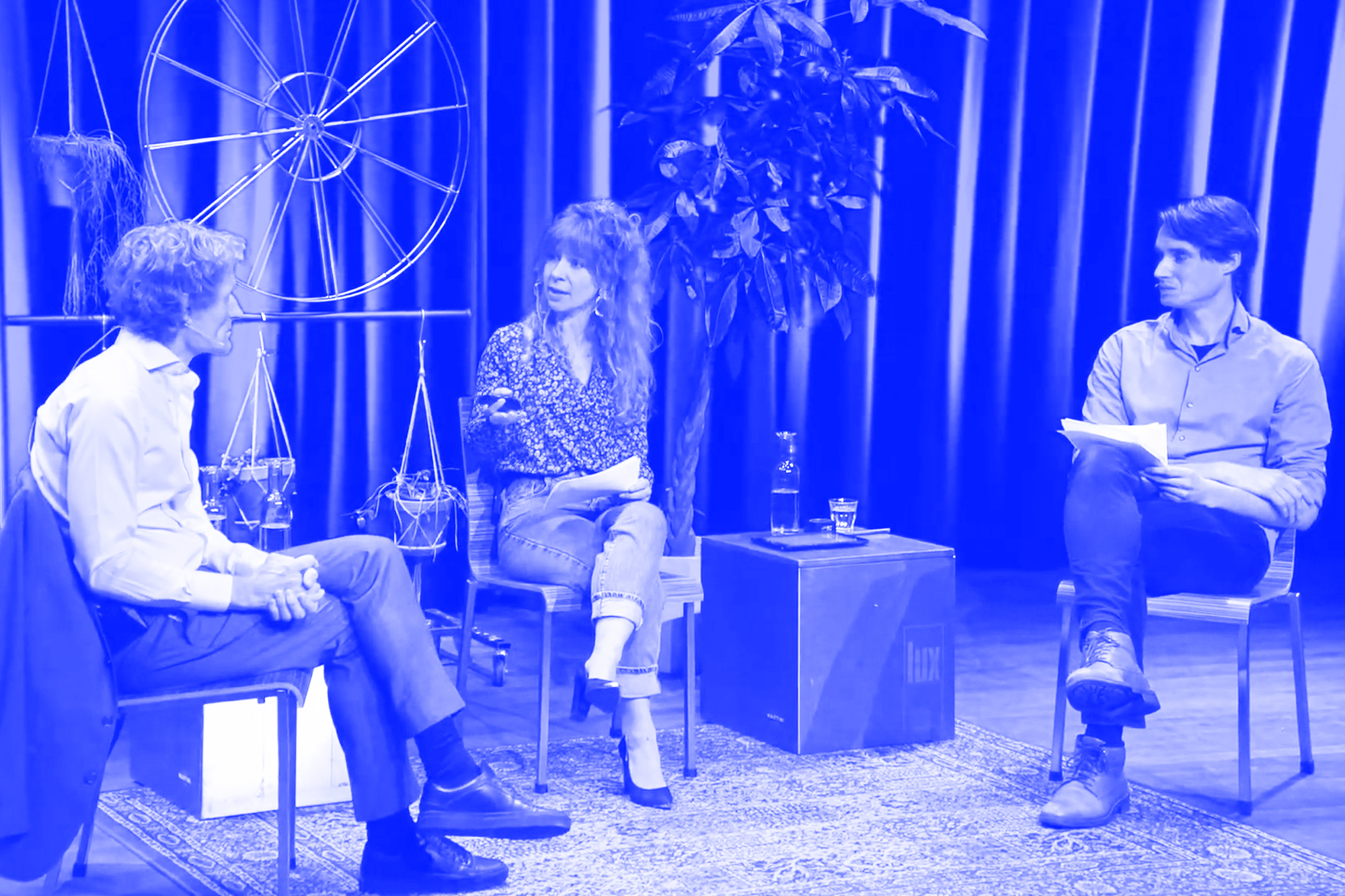The Nijmegen Center for Architecture in collaboration with arthouse LUX Nijmegen invited Olaf Gipser for a podium debate with the title ‘The Ideal Apartment’. The event was framed by the question to what extent the COVID-19 pandemic experience has challenged our understanding of the flat.
In a short presentation and the following discussion, Olaf addressed four themes that question the conventional conceptualization of the private dwelling: interiority, cohabitation, the practice of everyday life, and appropriation.
In Western modernity, the apartment is the architectural complement to the individualized subject. The apartment as private retreat has been considered as interior space par excellence (Peter Sloterdijk). It has been defined against various scales and forms of exterior space around, such as by descriptions of nature being exterior to culture and of the public realm being exterior to the private sphere. Yet we have been witnessing an accelerating decay of those binary narratives. Take the opposition of nature/ culture, a longstanding fundamental axiom in Western culture, that is increasingly replaced by hybrid concepts such as ‘natureculture’ (Donna Haraway) or ‘nature-culture-continuum’ (Rosi Braidotti). If nature was the territorial and conceptual exterior to the the cultural, urban interior in Western history, then today, at the dawn of the Anthropocene, Western imperialism has expanded the man-made condition of interiority onto planetary and all-encompassing environmental scale. Within such altered framework, we are becoming aware that what we dispose in this enlarged interior does no longer vanish in a supposed exterior, as we had hoped previously, but remains within. And the waste that has remained inside has come to increasingly affect our lives.
To think of the apartment today, and by extension of our individualized subjectivity and its culture-bound everyday practices in and around the apartment, means to reposition ourselves within this global, environmental-cultural interiority. It means to become aware that we cohabite this space densely with other humans and non-humans, natural and artificial. It means to acknowledge complicated entanglement and interdependence. To think of the apartment today means to resist the deceit of autonomous individual control and safe isolation, as this four-walled space has made us believe. Instead, within this condition of cohabitation, we have to envision ways of building strong alliances and symbiotic associations with those others – a task that involves also the architecture of dwelling.
If these considerations address and call for rethinking the architectural envelope of the apartment and its forms of aggregation into collective organizations, then the confinement to the domestic interior during the COVID-19 pandemic has revealed other challenges. The inherent functionalist legacy of the apartment has become obvious: a space designed for particular activities while excluding others, for instance those related to the sphere of work. Everyday life in our future dwellings will (and possibly will have to) embrace a wider range of activities that come with particular spatial needs. The apartments of tomorrow will need to be more versatile and adapt more easily to individual preference and changing collective behavior, be they chosen or imposed.
The degree of novelty of the conditions surrounding the apartment calls for renewed experimentation with dwelling. At the beginning of the 21st century, the apartment needs to be reformulated as laboratory for novel conceptions of habitat and thus for producing different forms of subjectivity.
Link to recorded livestream (in Dutch).


